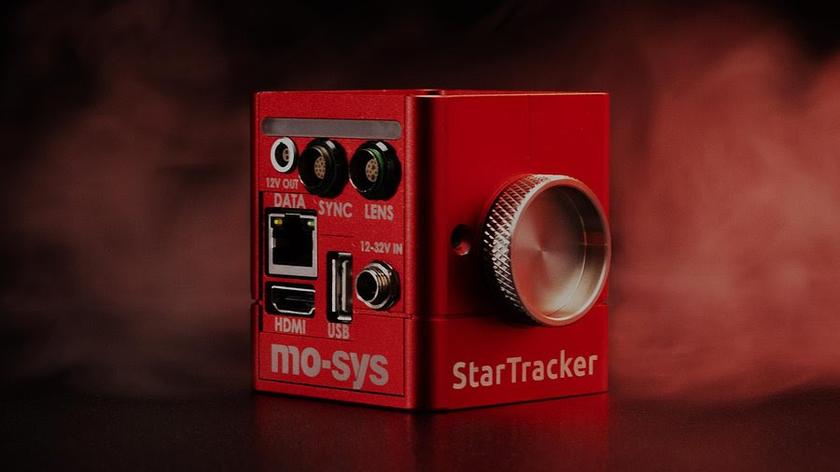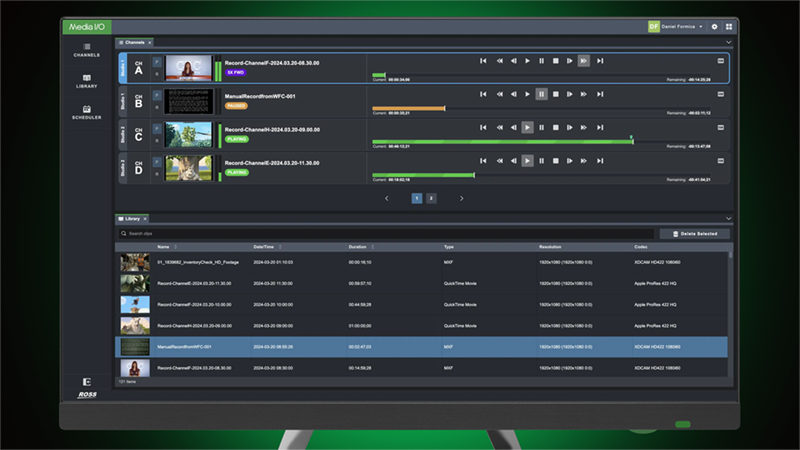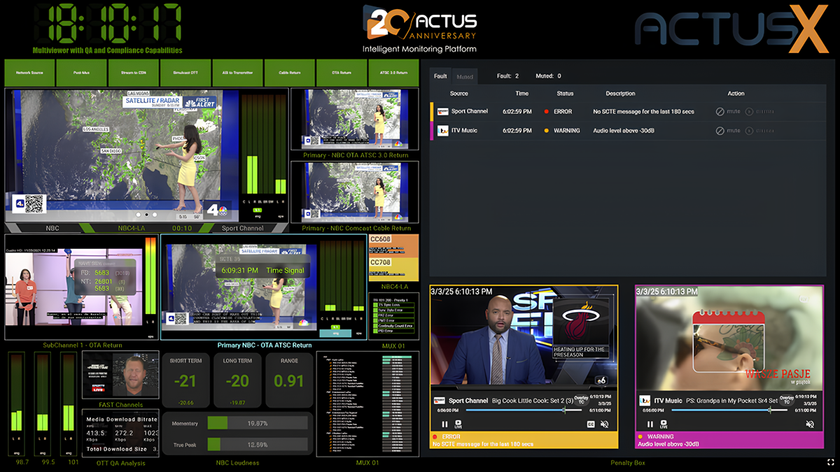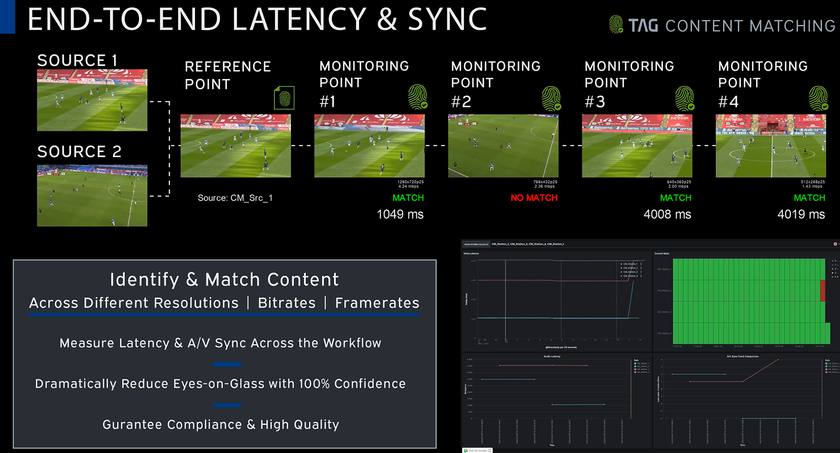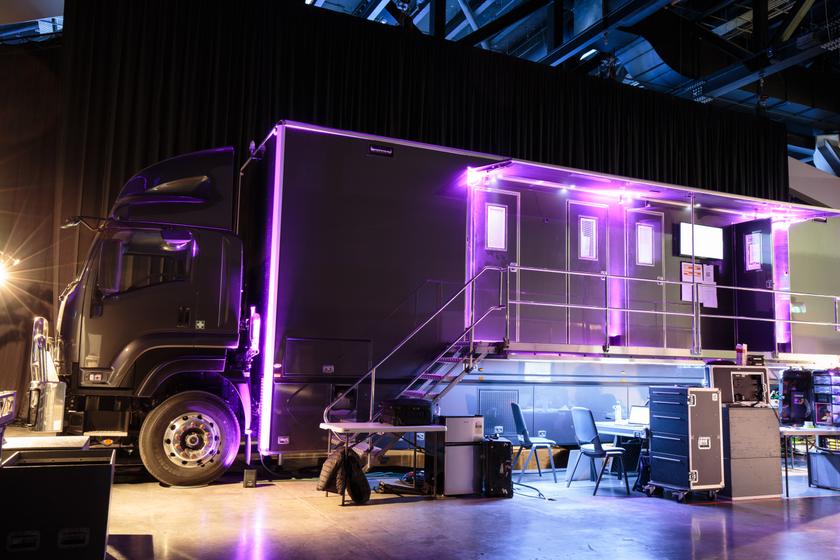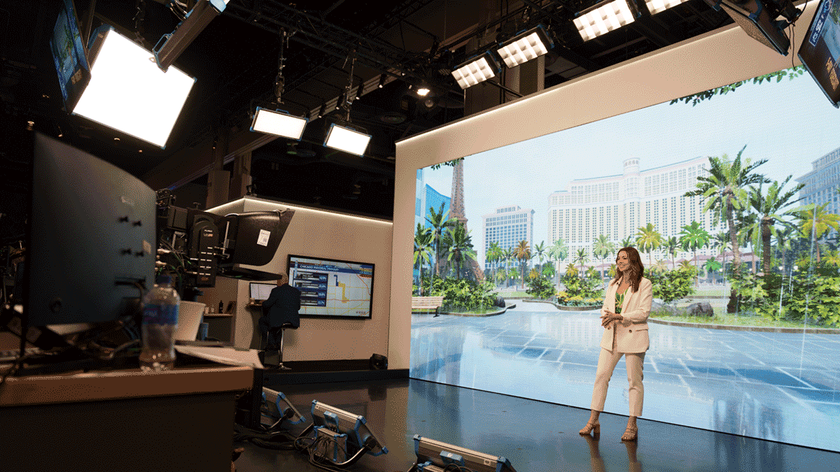PMC Helps Cloud Imperium Games Deliver Exceptional Sound
Foundry 42, the home of Squadron 42 and Star Citizen’s audio team, has installed PMC twotwo.6 monitors in six of its seven sound design suites.
“We opened our current sound suites in 2015 and chose PMC monitors for their accuracy,” says Lee Banyard, Audio Director at Foundry 42. “We are now in a consultation and research phase as we plan to expand these facilities to include more individual sound suites, recording facilities and a mixing suite/control room capable of supporting surround sound formats. Our project is all about continual, incremental improvement and, in the spirit of that, our next shot at the design and build of the sound suites will be another level up from where we are now. If anything, we will be gearing the build to further suit the PMC monitors we have.”
Based in Manchester, the Foundry 42 audio team’s primary function is to create and integrate sound for CIG’s Star Citizen and Squadron 42 video games. The team also support CIG in anything pertaining to audio, with the emphasis on maintaining the highest possible sound quality for all the company’s video game products.
Taking place at offices in Los Angeles and Austin in the USA, Frankfurt in Germany and Manchester in the UK, the development of Star Citizen and Squadron 42 is unique in the video games community because it is fully independent and operates outside the established publisher system. Cloud Imperium Games was founded in 2012 by renowned game developer Chris Roberts, the creator of the best-selling Wing Commander and Freelancer series, and media attorney Ortwin Freyermuth. Their aim was to develop Star Citizen, a space sim game for personal computers that would pave new ground in game development by sharing the process with the players.
In October 2012, CIG launched its own crowdfunding platform, www.robertsspaceindustries.com, and a supplementary Kickstarter campaign to raise money for Star Citizen, which, as its first funding goal, offered a single-player ‘branching storyline’ game entitled Squadron 42. In just over a month both campaigns had raised over $6 million combined, breaking all video game industry crowd funding records. By November 2016, the amount raised has exceeded $137 million, making it possible to develop both games without the need for outside investors. Those backing Star Citizen and Squadron 42 are closely engaged in the process and their feedback is considered in all aspects of game development. Supporters also get to know the team and follow them every step of the way as the games are created.
Banyard, whose role coves audio production as well as creative direction for the sound of the project, first encountered PMC speakers while working as a sound designer at Sony Computer Entertainment (now Guerrilla Cambridge).
“The A/V Manager, Pete Murphy, put together a lovely 5.1 system for the games we were working on there, based around a Bryston amplifier and PMC TB2 monitors. It’s a bit of a cliché perhaps but it was like a veil had been lifted for me. I’ve been a PMC convert ever since, having experienced the joy of a 5.1 AML2 based system at my last employer, it felt like a logical choice to bring that quality to bear here at Foundry 42. It’s reassuring, and lends confidence to what one’s doing, when one knows the overall performance of a monitor is equivalent when monitoring either at low, sustainable output levels, or when occasionally monitoring at a high level.”
Working in sound for video games can involve very long periods of active, critical listening. As he is responsible for the entire audio team, Banyard wanted to ensure that their ears were protected.
“Some monitors need to be driven at high levels to get a true feel for what’s happening, but I wanted to avoid that so our team’s ears weren’t being assailed. When our PMC 226 monitors are up and running, they’re absolutely rock solid and we wouldn’t swap them for anything else. Other than more PMCs, perhaps!”
Banyard is not the only member of the Foundry 42 team who loves PMC 226 monitors - Sound Designers Darren Lambourne is also a fan and recently sold a plethora of old gear and analogue synths to fund his own pair.
“I also have a set-up at home, which allows me to work at a moment’s notice,” Banyard says. “We’re a company that spans multiple time zones, and one never knows when something we’re releasing has to be either worked on or checked over before being released to our community of players. Having the same monitors at work and at home gives me some continuity between my listening environments, even though the actual rooms are quite different. I do check other games and films scores for reference all the time, of course – I’m a gamer at heart and again, that same monitoring helps me get a truer feel for what’s going on in all those contexts.”
For the future, Banyard wants to ensure consistent listening environments across all studios, with more reference-level listening in demo/meeting rooms to facilitate efficiency of review and decision-making. That means more PMCs are in the pipeline.
“My hope is that we’ll roll out more where necessary,” he says. “For us, PMC monitors are a necessary tool rather than a luxury of any kind; they essentially pay for themselves doing what we do and we’re very happy to have PMC as part of our working lives.
-ends-
About PMC
PMC is a UK-based, world-leading manufacturer of loudspeaker systems, the tools of choice in all ultra-critical professional monitoring applications, and also for the discerning audiophile at home, where they provide a transparent window into the recording artist's original intentions. PMC products use the best available materials and design principles, including the company's proprietary Advanced Transmission Line (ATL™) bass-loading technology, cutting-edge amplification and advanced DSP techniques to create loudspeakers that present sound and music exactly as it was when first created, with the highest possible resolution, and without coloration or distortion. For more information on our clients and products, see www.pmc-speakers.com.
Get the TV Tech Newsletter
The professional video industry's #1 source for news, trends and product and tech information. Sign up below.
